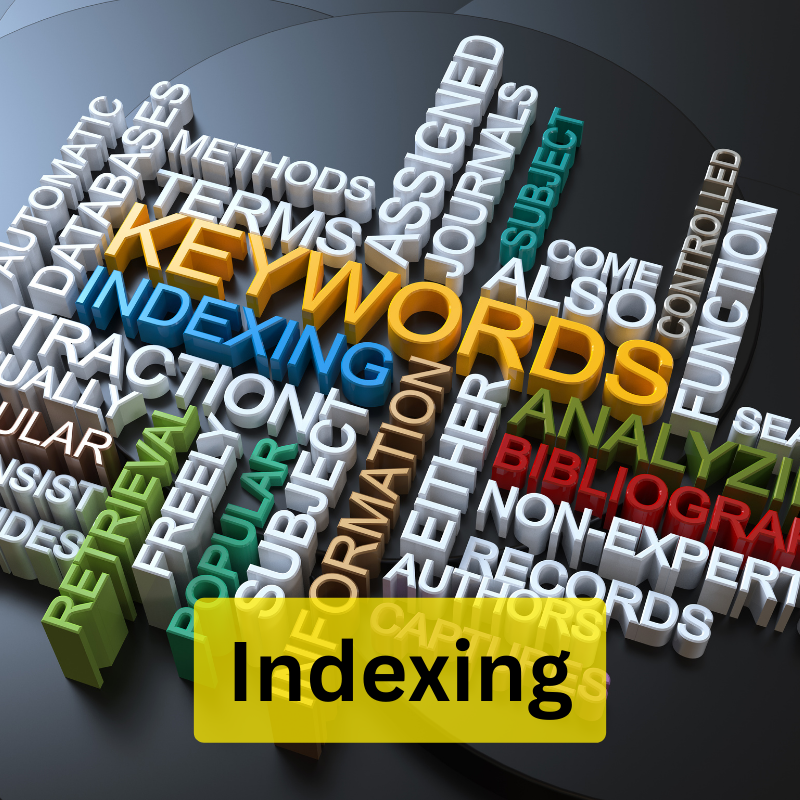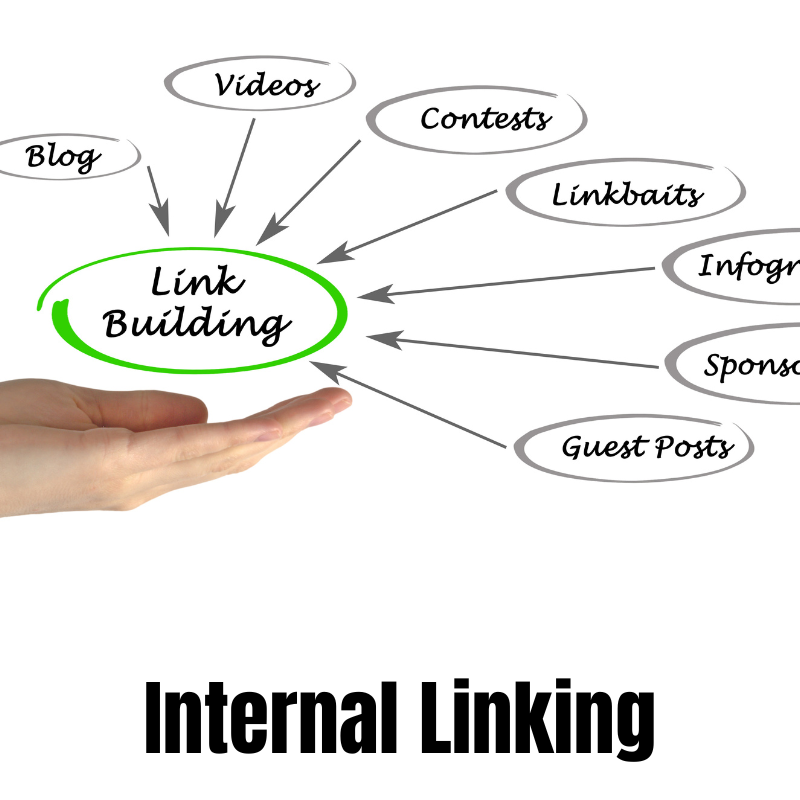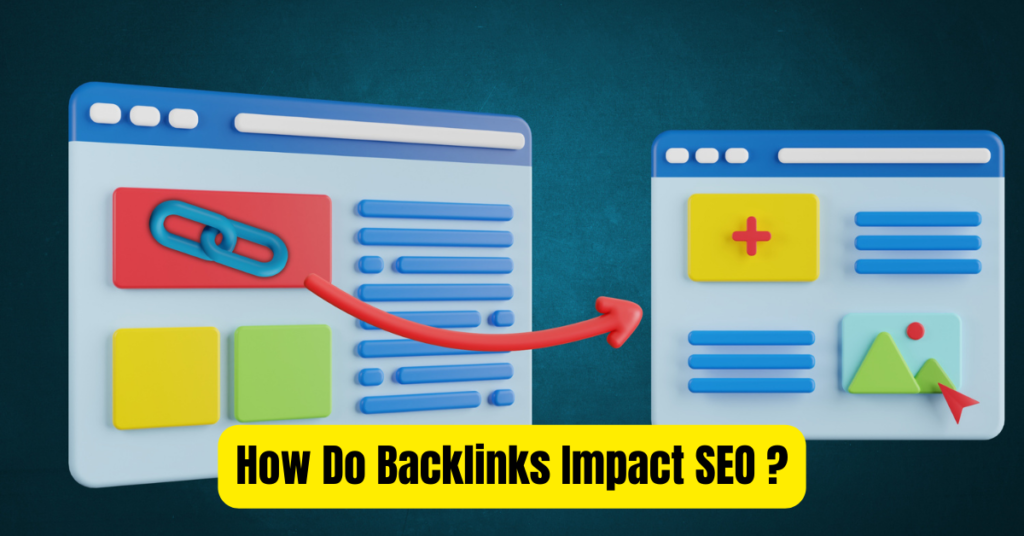How Can I Index My Article on Google: A Comprehensive Guide
Introduction
Index your article on Google is crucial for ensuring it appears in search results, attracting traffic, and reaching your target audience. When your content is indexed, Google can display it to users searching for related topics. This guide will walk you through the steps to get your article indexed quickly and effectively.

Understanding Google Indexing
Google indexing involves adding your web pages to Google’s database so they can appear in search results. The process includes:
- Crawling: Googlebot, Google’s web crawler, scans your website for new and updated content.
- Indexing: Googlebot processes the crawled data, adding it to Google’s index.
- Ranking: Google determines the relevance and quality of your content, ranking it accordingly in search results.
Why Is Indexing Important?
Indexing is the first step in getting traffic from search engines. Without indexing, your content won’t appear in search results, regardless of its quality. Indexed content has the potential to reach a vast audience, driving organic traffic and improving your site’s visibility.
Preparing Your Article for Indexing
Keyword Research
Identify relevant keywords that potential readers are searching for. Use tools like Google Keyword Planner, Ahrefs, or SEMrush to find high-traffic, low-competition keywords.
Quality Content
Create high-quality, valuable content. Ensure your article is well-researched, engaging, and provides comprehensive information on the topic.

On-Page SEO
Optimize your article with proper on-page SEO techniques:
- Title Tag: Include your primary keyword.
- Meta Description: Write a compelling meta description with the keyword.
- Headers: Use H1, H2, and H3 tags to structure your content.
- Keywords: Naturally incorporate keywords throughout the article.
- Images: Use alt text with keywords for images.
Technical Steps to Index Your Article
Submit to Google Search Console
- Sign in to Google Search Console.
- Select your website.
- Go to the URL Inspection Tool.
- Enter the URL of your article.
- Click “Request Indexing.”
Create and Submit a Sitemap
A sitemap helps Google understand the structure of your site and find all your pages.
- Generate a Sitemap: Use plugins like Yoast SEO or online tools.
- Submit the Sitemap: In Google Search Console, go to “Sitemaps” and enter your sitemap URL, then click “Submit.”
Use Internal Linking
Link to your new article from other relevant pages on your website. This helps Google find the new content and understand its context.

Share on Social Media
Promote your article on social media platforms. This can drive traffic and prompt Google to index your content faster.
Build Backlinks
Obtain backlinks from reputable websites. High-quality backlinks signal to Google that your content is valuable and worth indexing.
Common Issues and Solutions
Content Not Indexed
If your content isn’t indexed:
- Check Google Search Console: Ensure there are no crawl errors.
- Resubmit the URL: Use the URL Inspection Tool.
- Update Your Sitemap: Ensure it includes the new URL.
- Build More Backlinks: Increase the authority of your page.
Slow Indexing
If indexing is slow:
- Increase Internal Links: Link from high-traffic pages.
- Promote More: Share widely on social media and forums.
- Submit to Other Search Engines: Bing Webmaster Tools and others.
Monitoring Your Indexed Pages
Regularly check the status of your indexed pages using Google Search Console. Monitor traffic, search performance, and any issues that arise.
Advanced Techniques
Structured Data
Implement structured data (schema markup) to help Google understand your content better. Use tools like Google’s Structured Data Markup Helper.
Regular Updates
Keep your content fresh by regularly updating it with new information. This signals to Google that your content is current and relevant.
Fast Loading Speed
Ensure your website loads quickly. Use tools like Google PageSpeed Insights to identify and fix issues that slow down your site.
Conclusion
Indexing your article on Google is a multi-step process that involves preparation, optimization, and technical steps. By following the strategies outlined in this guide, you can ensure your content gets indexed quickly and effectively, driving organic traffic and increasing visibility.
How long does it take for Google to index my article?
Indexing can take from a few hours to a few days. Regularly check Google Search Console for updates.
What if my article is not indexed?
Ensure there are no crawl errors, resubmit the URL, update your sitemap, and build more backlinks.
How can I speed up the indexing process?
Use internal linking, promote your content on social media, and build high-quality backlinks.
Does updating my article help with indexing?
Yes, regularly updating your content keeps it fresh and signals to Google that it’s current and relevant.
What is structured data, and how does it help with indexing?
Structured data helps Google understand your content better, improving the chances of it being indexed and appearing in rich search results.
How Backlinks Impact SEO: Effective Strategies for Building Them
How Do Backlinks Impact SEO, and What Are Some Ways to Build Them? They are…
The Best Strategies for Guest Posting to Boost Your Website Traffic
What are the Best Ways to Do Guest Posting? How Guest Posting Affects Website Traffic?…
10 Effective Strategies to Increase Traffic and Attract Customers to Low Budget Websites
Effective Ways to Increase Traffic and Attract Customers to Low Budget Websites or Businesses Increase…
How Do Image Alt Tags and Descriptions Impact SEO?
How Do Image Alt Tags and Descriptions Impact SEO? In the ever-evolving realm of digital…
What is a Buyer Persona?
Developing Detailed buyer personas is Essential: Introduction In today’s competitive market, understanding your customer is…
Top 10 Web Development Trends to Watch in 2024
Top 10 Web Development Trends to Watch in 2024 The web development landscape is continuously…









